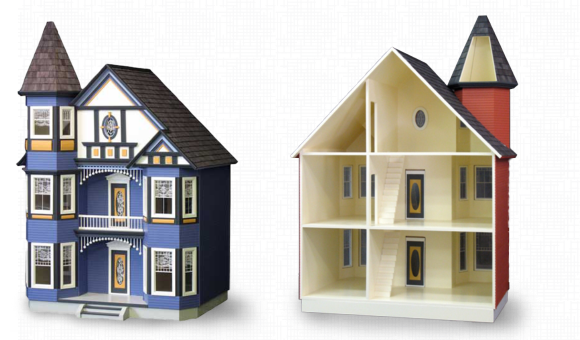For Aging Wood
Supplies needed:
Sealable nonmetal container
Steel wool pad
Pint of plain vinegar (for gray color) or
cider vinegar (for rusty gray)
Coffee filters
Paper towels
In a sealed, nonmetal container, soak a steel wool pad in a pint of plain vinegar (for gray color) or cider vinegar (for rusty gray) for a few days or a week, stirring occasionally. Remove the steel wool and discard; strain the solution through coffee filters or paper towels and store in the original vinegar bottle or other tightly sealable nonmetal container. Test it on unfinished wood; the color is not immediately apparent but will darken over several minutes. Color will be different on different woods. Solution may be diluted (extended) with distilled water.
To use, protect skin, clothing and the work area from spills and splashes; it will stain everything. Plan an absorbent surface such as unprinted newsprint (often used as packing paper) or paper towels to spread out the stained items as they dry. Allowing the solution to dry on the surface, uncovered, creates a mottled finish; covering the wet items with another absorbent layer to blot the solution away gives more even color. Layering items with paper in between is OK. Pour the solution into a container large enough to completely submerge the items you want to stain; recycling a plastic bakery sheet-cake dome works well. Use tongs or wear gloves. Working fairly quickly, submerge the items (several at a time is fine) then move them to the drying area. The color will develop over several minutes and will be different where there are puddles and drips, which can look interesting. Cover with absorbent and blot for more even overall color. Allow to dry thoroughly.
Unused solution may be put back in the bottle and stored for later use.
Note: If using on assembled but unfinished items, the color will take in glued areas; the glued joints may loosen while the solution is wet but will harden again as it dries.



